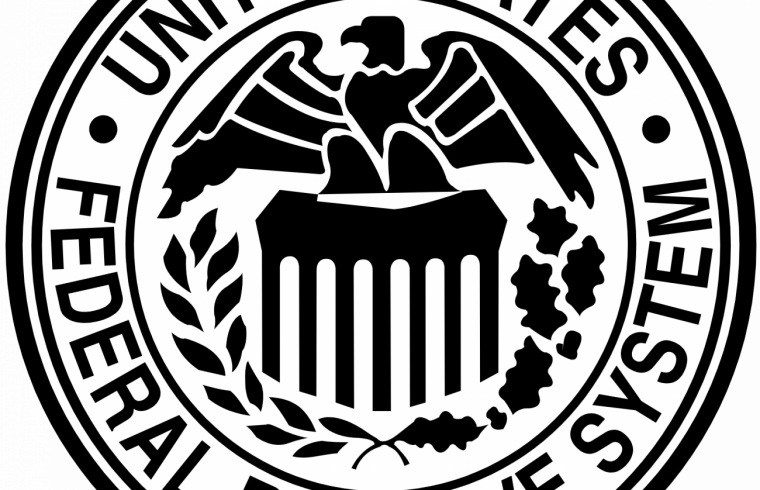The Federal Reserve Board on Thursday released the hypothetical scenarios for the 2020 stress test exercises, which ensure that large banks have adequate capital and processes so that they can continue lending to households and businesses, even during a severe recession. The harshest scenario includes a severe global recession with heightened stresses in corporate debt markets and commercial real estate, and for banks with large trading operations, additional pressure on leveraged loans.
The Board’s stress test framework consists of the Comprehensive Capital Analysis and Review, also known as CCAR, and the Dodd-Frank Act stress tests. Both exercises have been a cornerstone of the Board’s post-crisis framework for large banks, and this year’s stress tests will evaluate 34 large banks with more than $100 billion in total assets.
The stress tests include two hypothetical scenarios: baseline and severely adverse. The severely adverse scenario this year features a severe global recession in which the U.S. unemployment rate rises by 6.5 percentage points to 10 percent, and elevated stress in corporate debt markets and commercial real estate.
Additionally, banks with large trading operations will be required to factor in a global market shock component as part of their scenarios. This year’s shock features, among other things, heightened stress to trading book exposures to leveraged loans. Additionally, firms with substantial trading or processing operations will be required to incorporate a counterparty default scenario component. The chart below shows the components that apply to each firm.
“This year’s stress test will help us evaluate how large banks perform during a severe recession, and give us increased information on how leveraged loans and collateralized loan obligations may respond to a recession,” Vice Chair for Supervision Randal K. Quarles said.
The severely adverse scenario and baseline scenarios are not forecasts. The severely adverse scenario describes a hypothetical sets of events designed to assess the strength of banking organizations. Similarly, the baseline scenario is in line with average projections from surveys of economic forecasters. Each scenario includes 28 variables—such as gross domestic product, the unemployment rate, stock market prices, and interest rates—covering domestic and international economic activity.
Banks are required to submit their capital plans and the results of their own stress tests to the Federal Reserve by April 6, 2020. The Board will announce the results of its supervisory stress tests by June 30, 2020.
As previously stated, the Board continues to work toward having the stress capital buffer in place for this year’s stress tests. The release of the hypothetical scenarios does not affect that separate rulemaking process.
| Firm | Subject to global market shock | Subject to counterparty default |
|---|---|---|
| Ally Financial Inc. | ||
| American Express Company | ||
| Bank of America Corporation | X | X |
| The Bank of New York Mellon Corporation | X | |
| Barclays US LLC | X | X |
| BMO Financial Corp. | ||
| BNP Paribas USA, Inc. | ||
| Capital One Financial Corporation | ||
| Citigroup Inc. | X | X |
| Citizens Financial Group, Inc. | ||
| Credit Suisse Holdings USA, Inc. | X | X |
| DB USA Corporation | X | X |
| Discover Financial Services | ||
| DWS USA Corporation | ||
| Fifth Third Bancorp | ||
| The Goldman Sachs Group, Inc. | X | X |
| HSBC North America Holdings Inc. | X | X |
| Huntington Bancshares Incorporated | ||
| JPMorgan Chase & Co. | X | X |
| KeyCorp | ||
| M&T Bank Corporation | ||
| Morgan Stanley | X | X |
| MUFG Americas Holdings Corporation | ||
| Northern Trust Corporation | ||
| The PNC Financial Services Group, Inc. | ||
| RBC US Group Holdings LLC | ||
| Regions Financial Corporation | ||
| Santander Holdings USA, Inc. | ||
| State Street Corporation | X | |
| TD Group US Holdings LLC | ||
| Truist Financial Corporation | ||
| UBS Americas Holdings LLC | X | X |
| U.S. Bancorp | ||
| Wells Fargo & Company | X | X |












